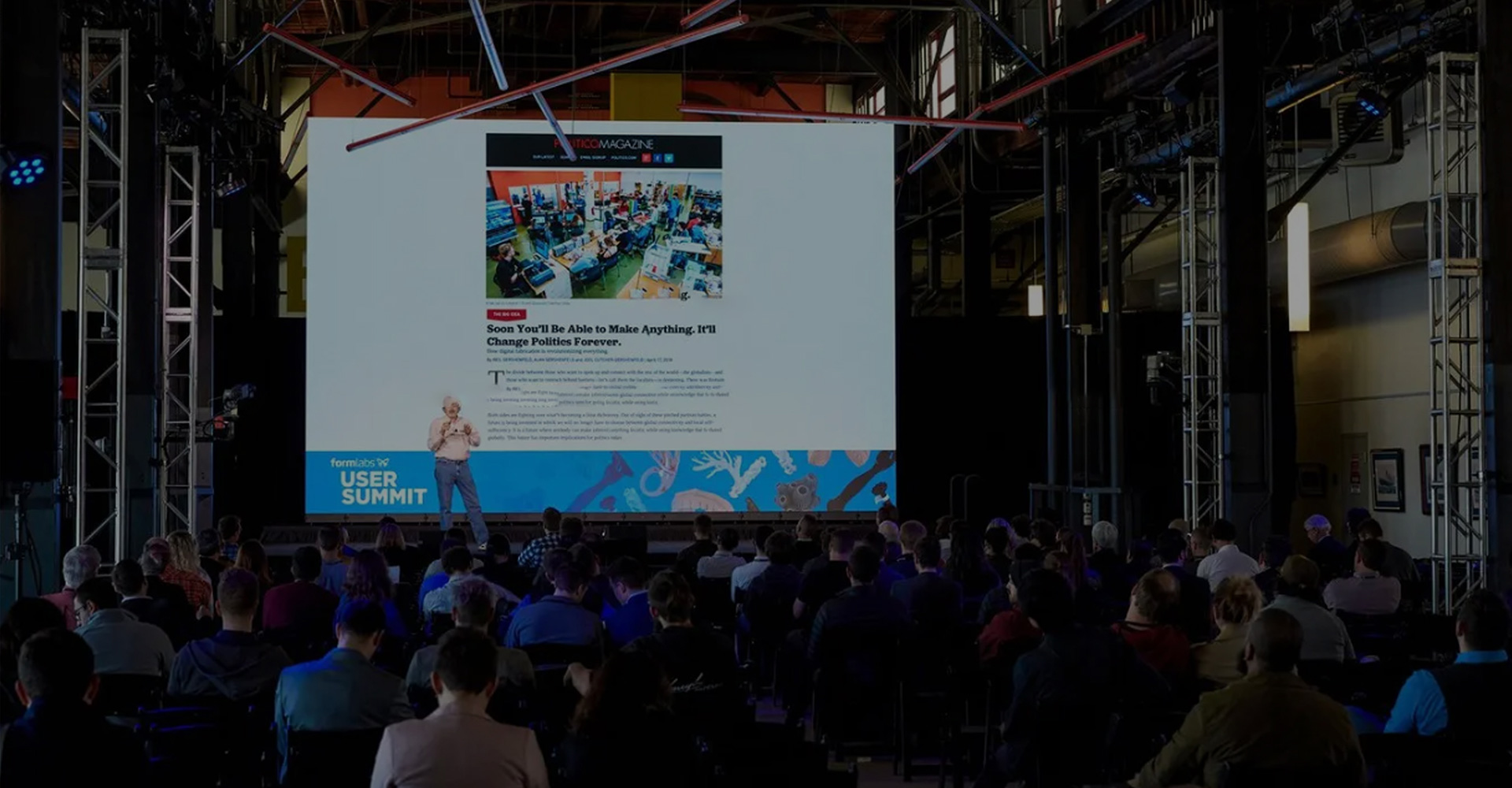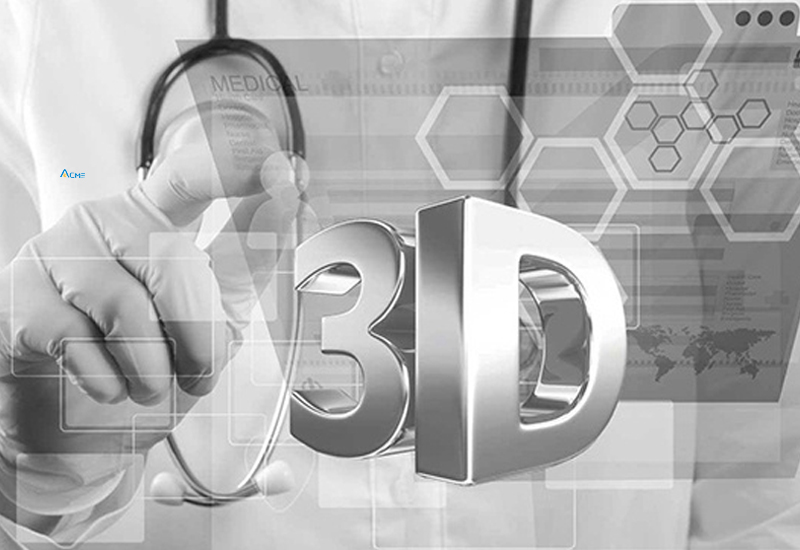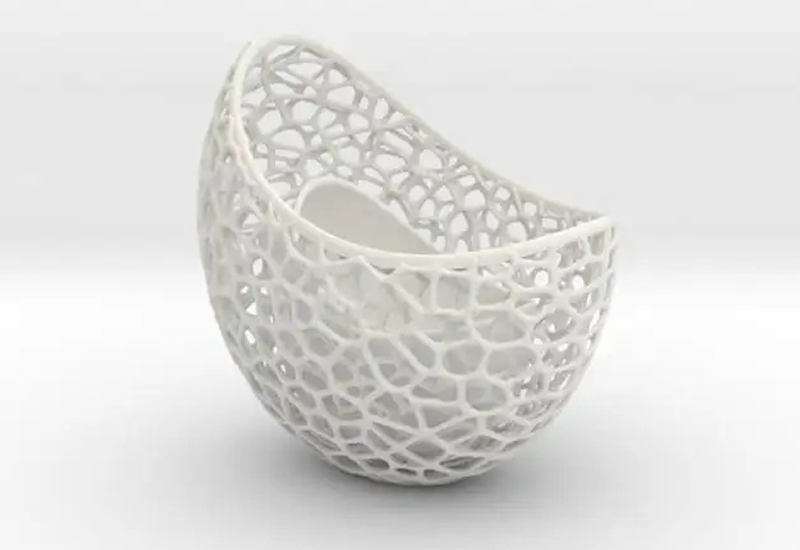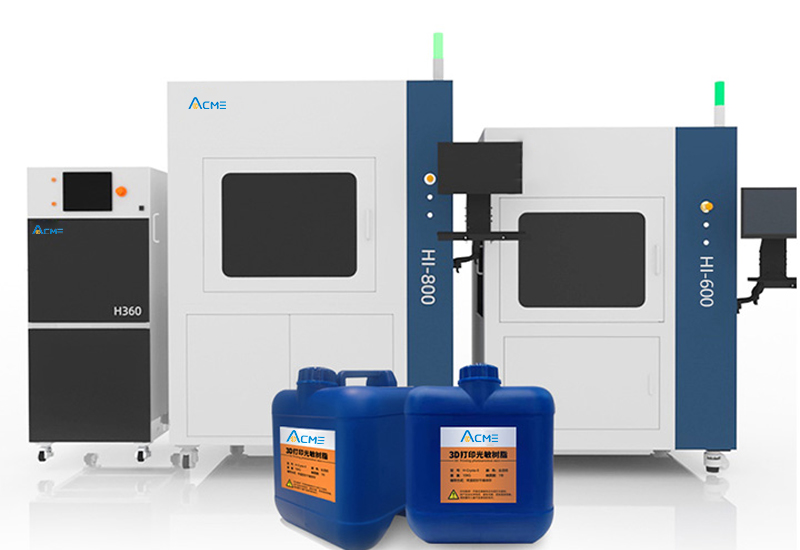
With the development of 3D printing technology, 3D printers have been used in many industries to achieve product development or production. When purchasing 3D printers, enterprises will not only consider the printing precision performance, but also the printing speed of 3D printers has become a concern of many people. If the printing speed of 3D printer is too slow, it will consume more time, which will affect the progress of research and development or production. So what are the factors that affect the speed of 3D printing? The following Harbin 3D Xiaobian to explain to you the impact of light curing 3D printer printing speed has those.

3D printing technology affects printing speed
I. Principle of SLA light curing 3D printer technology
The principle of SLA forming is mainly to use ultraviolet light as a light source, and then control it through the galvanoscope system, so that it first draws the shape of the object on the surface of the liquid resin, and then the object falls down for a distance, and then the platform is immersed in the liquid resin, and so on, forming the solid print.
2, DLP optical curing 3D printer technology principle
The basic principle of DLP molding, the model is cut horizontally into layers with 3D printing software, and then the shape of the first layer of resin model is projected, and then the light curing molding, the first layer of molding, will slightly increase the object, projected the shape of the next layer of model to the resin, so repeat, layered printing model.
3, LCD light curing 3D printer technology principle
In fact, in the actual principle of LCD and DLP principle is basically similar, the difference is that the light source of DLP is replaced by LCD. The imaging principle of LCD liquid crystal plate is adopted. The red, green and blue primary colors of the filter are used to filter out the infrared and ultraviolet light which have a certain destructive effect on the LCD board (have a certain damage to the LCD board), and the three LCD boards are projected into three primary colors.
To put it simply, the DLP/ LCD photocurable 3D printer is surface forming, one sweep is a piece, and the SLA photocurable 3D printer is laser point forming, so the printing speed of DLP/ LCD photocurable 3D printer is faster than the SLA printer.

Printer Settings affect the printing speed
If the printer has a preset speed, how can you print faster than that
The intensity of the light source affects the printing speed
Another speed factor related to photocured 3D printing is the speed of the system when printing on a layer. With some printers, the light source passes through the bottom of the clear resin tank, and the newly cured resin requires a tedious stripping process before continuing to cure a new layer. Some manufacturers make the system go through the stripping process quickly to increase printing speed. Another way to eliminate this hassle is to cure the resin at the top of the liquid level, rather than at the bottom. The printing speed of a photocured 3D printer depends on the intensity of the light source used. You can increase the speed of printing by increasing the intensity of the light source, but this also means additional costs.
The thickness of the layer affects the printing speed
Layer thickness affects both printing speed and model quality. The thickness of the layer required to print the model determines the printing speed and the time required to print. The thinner the layer, the more time it takes to print a 3D model of the same height. Because with the total height constant, the thinner the layer, the more layers the printer has to print, the longer it will take. But the thinner the layer, the higher the quality of the finished product.

Materials affect the printing speed
The speed of a 3D printer also depends on the type of material being printed. Resins are composed of different monomers, prepolymers, photoinitiators, and various other additives, leading directly to different properties of materials and different curing times.
The model affects the printing speed
The model itself also affects the printing speed. If the model is hollowed out and there are no more complicated details, the printing will be much faster. Proper placement of the model will also affect the printing speed. Photocuring is stacked layer by layer. Compared with horizontal placement, the height of vertical placement will increase, which will increase the number of layers. If the same model is placed horizontally, the printing will be much faster.
These are some of the factors that affect the speed of 3D printing. The process of additive manufacturing, which affects the speed of printing, can be much more complicated than that. At the same time, the printing speed is a choice to be made. Once the printing speed is increased, the printing quality is likely to be reduced. How to weigh the advantages and disadvantages of each party still needs to be decided according to the situation.
+86 19958086067
sales@3dacme.com